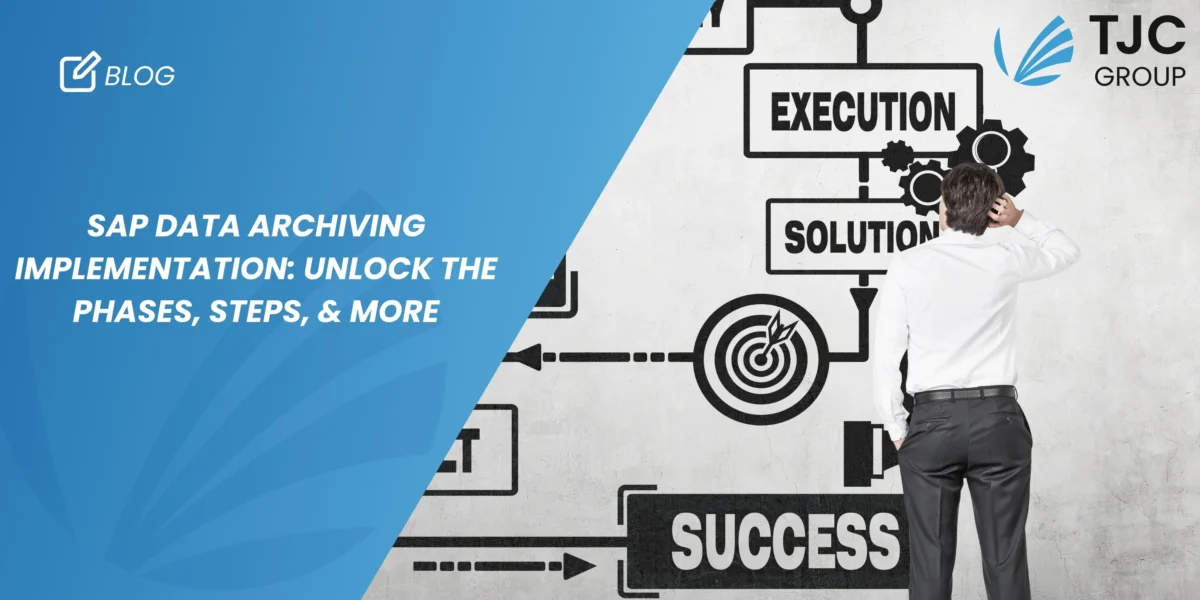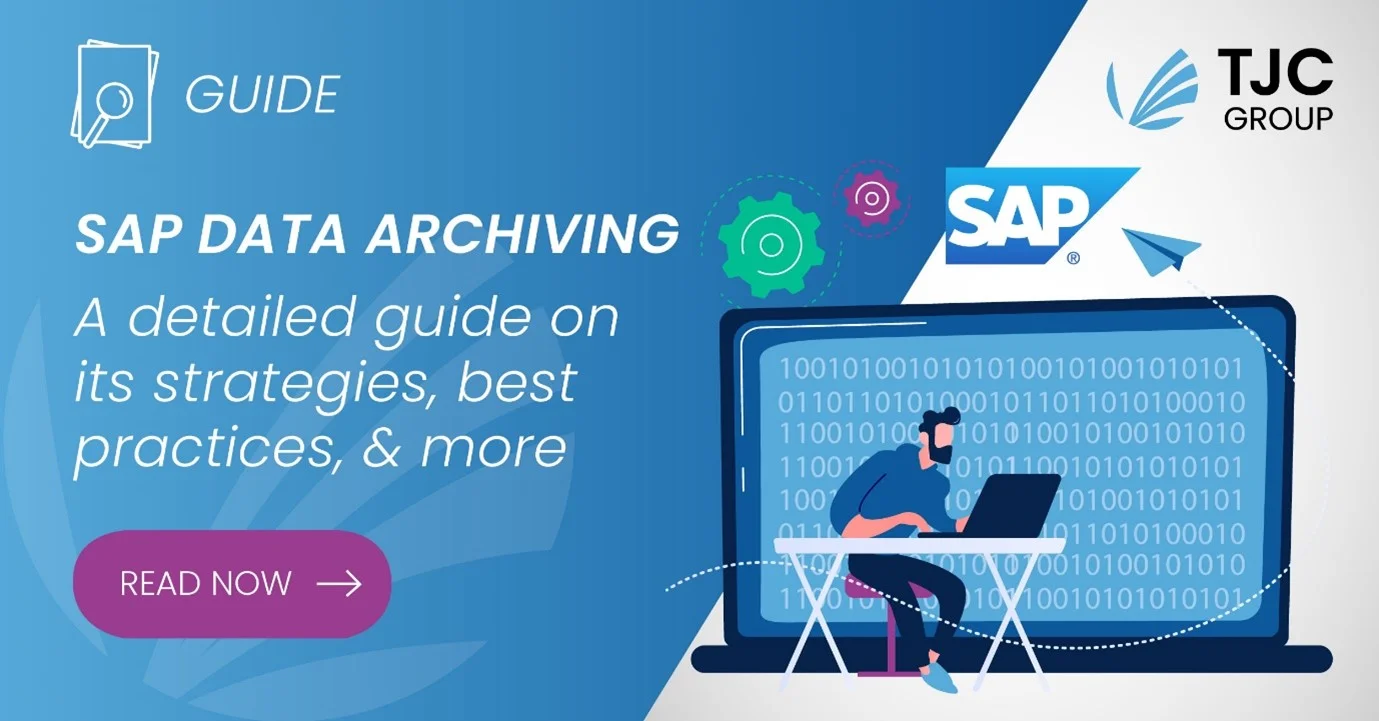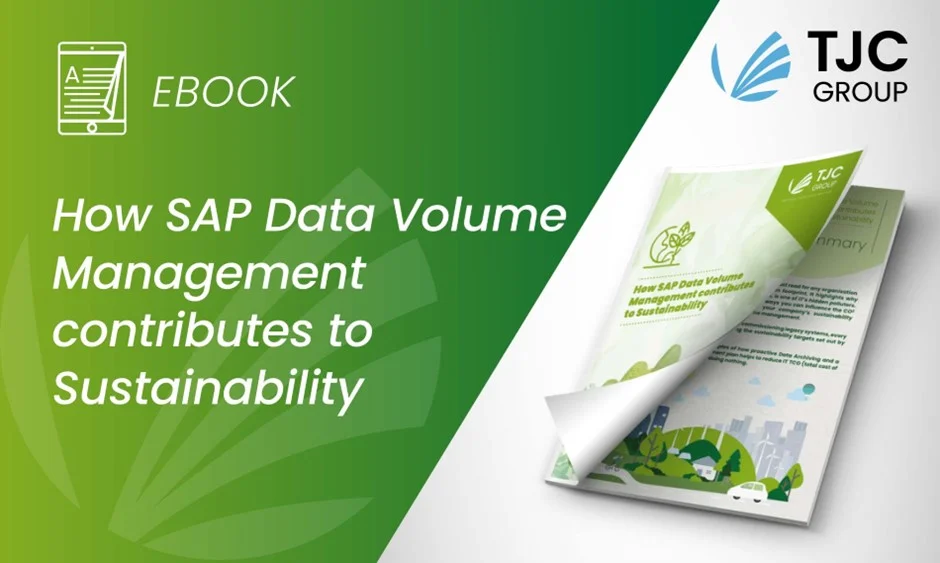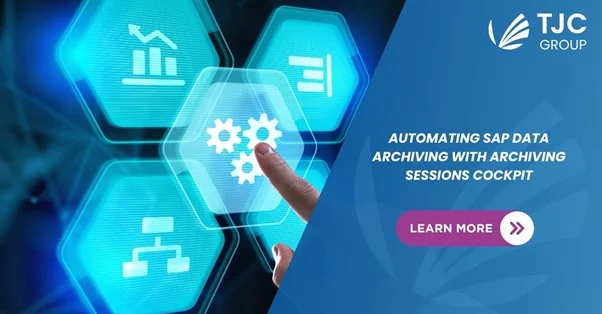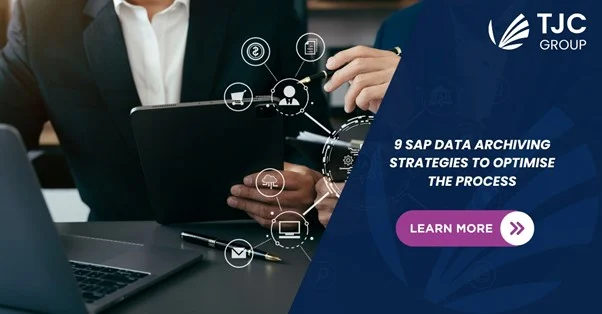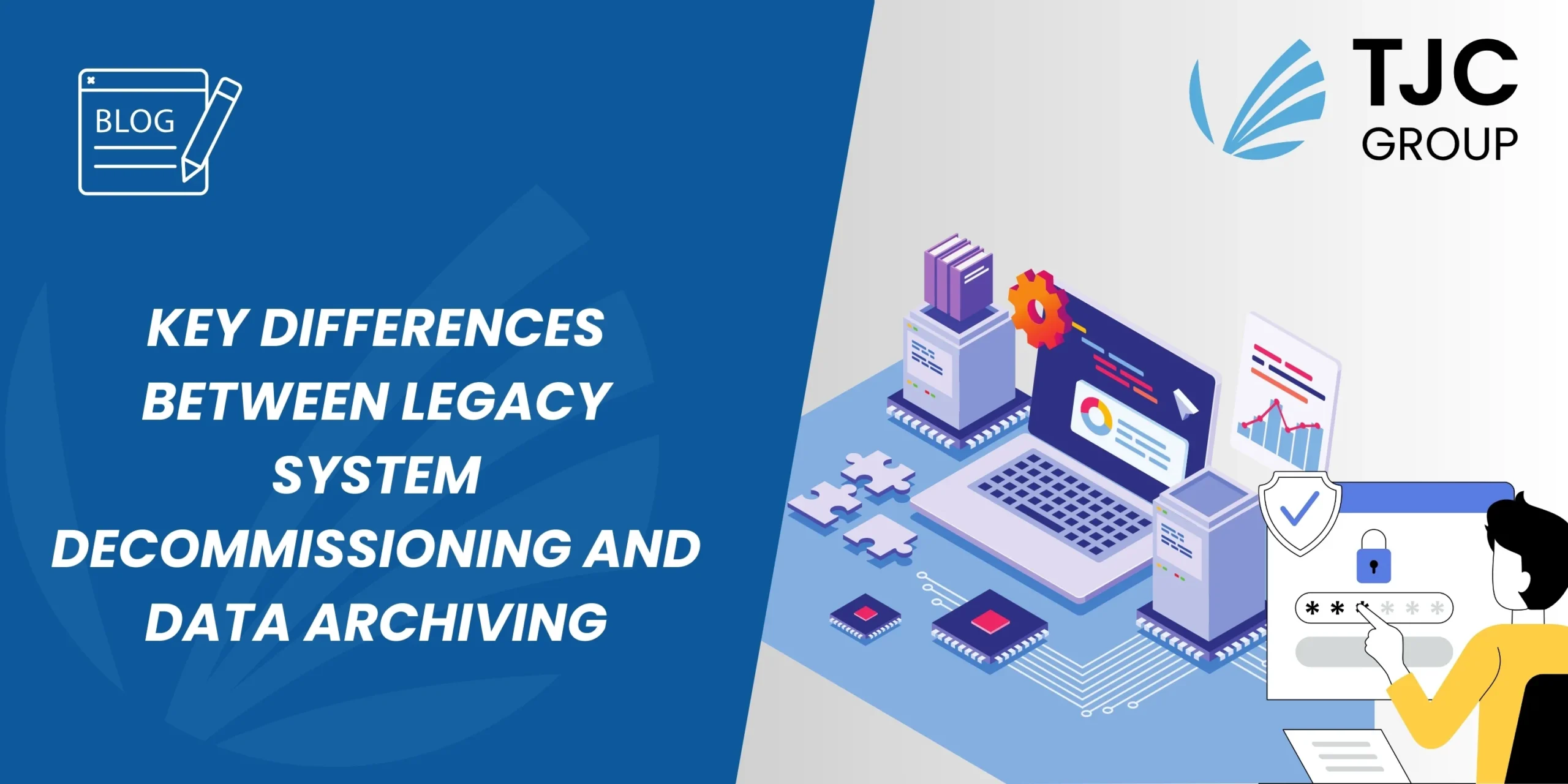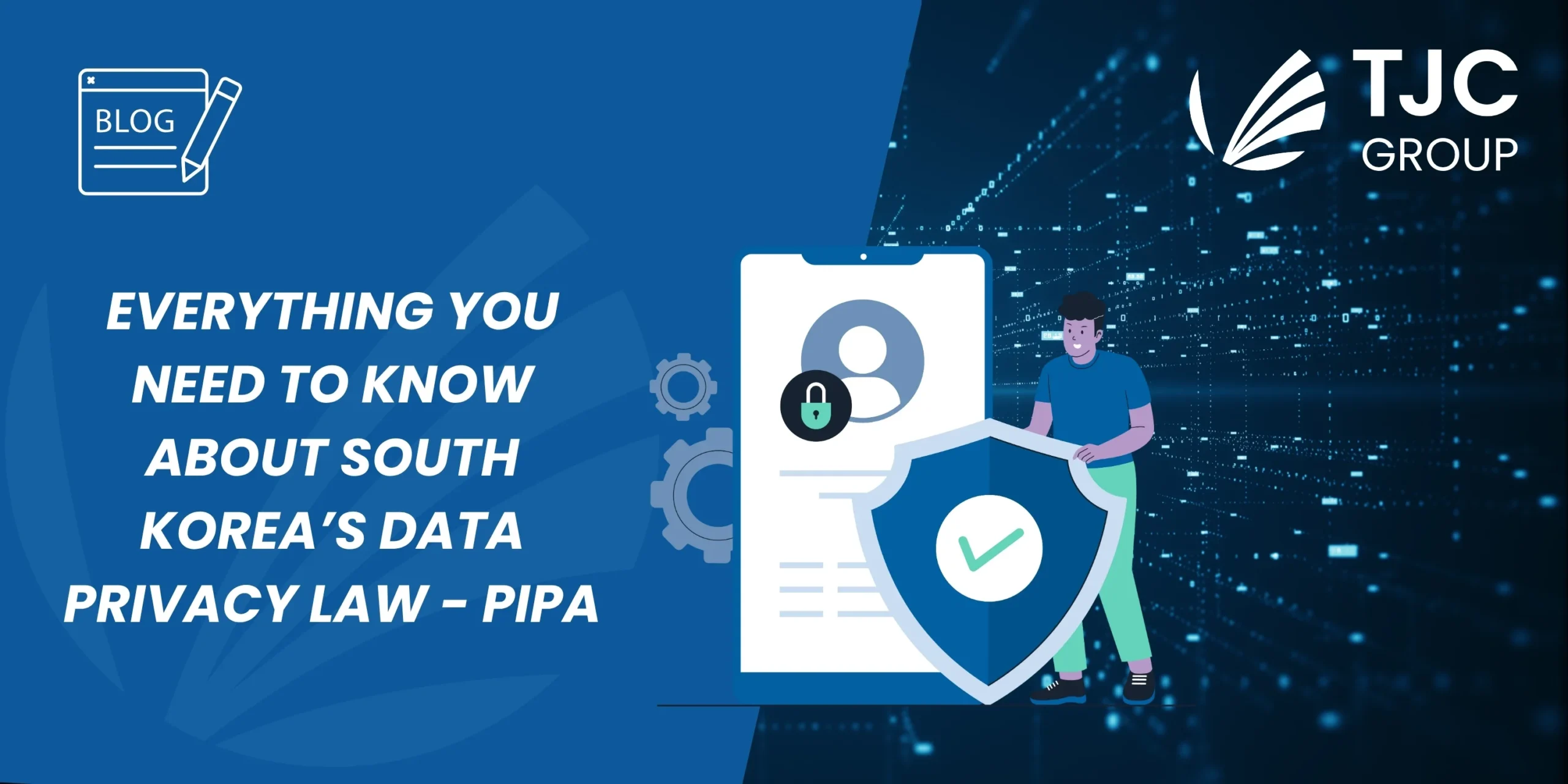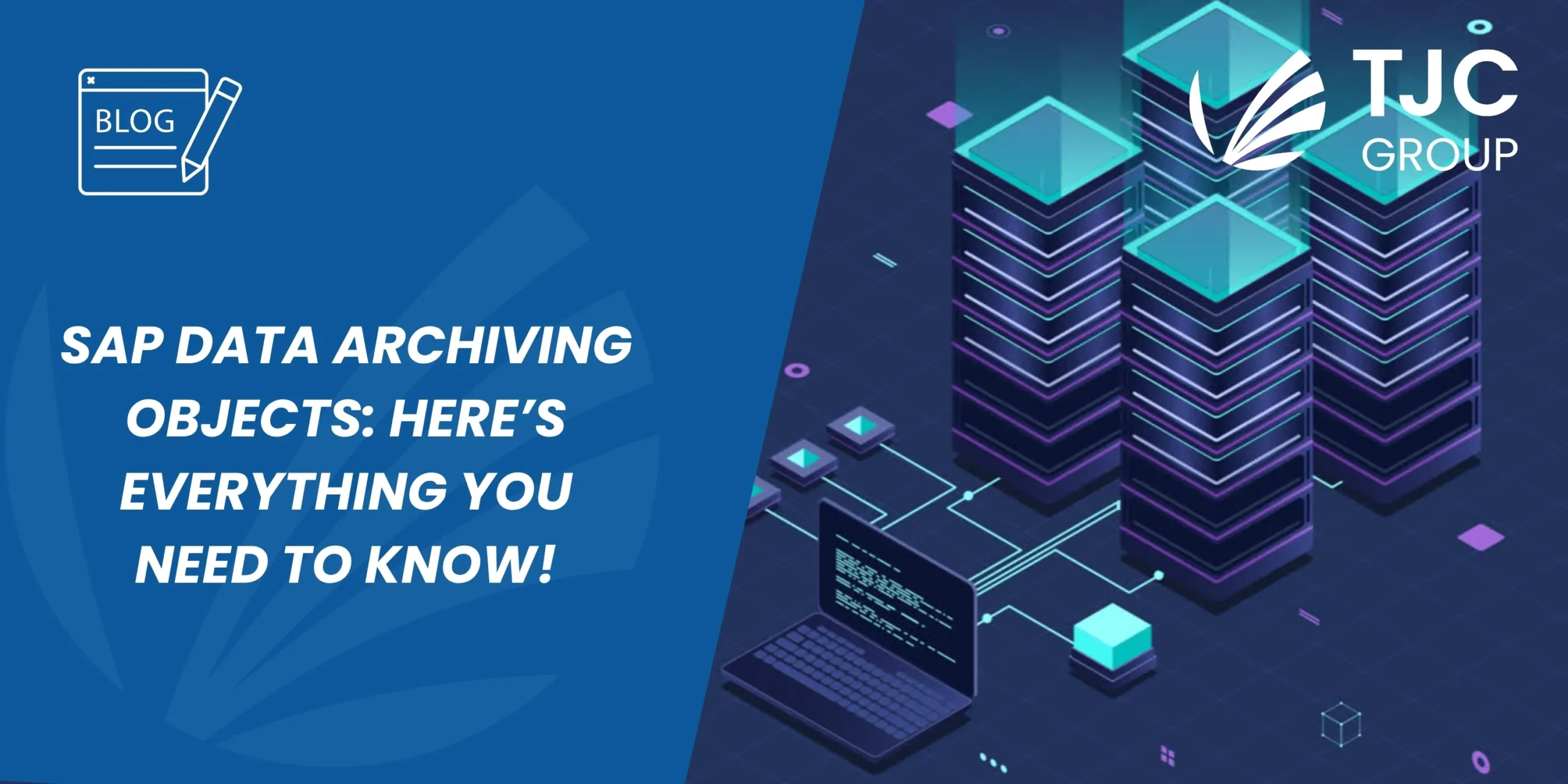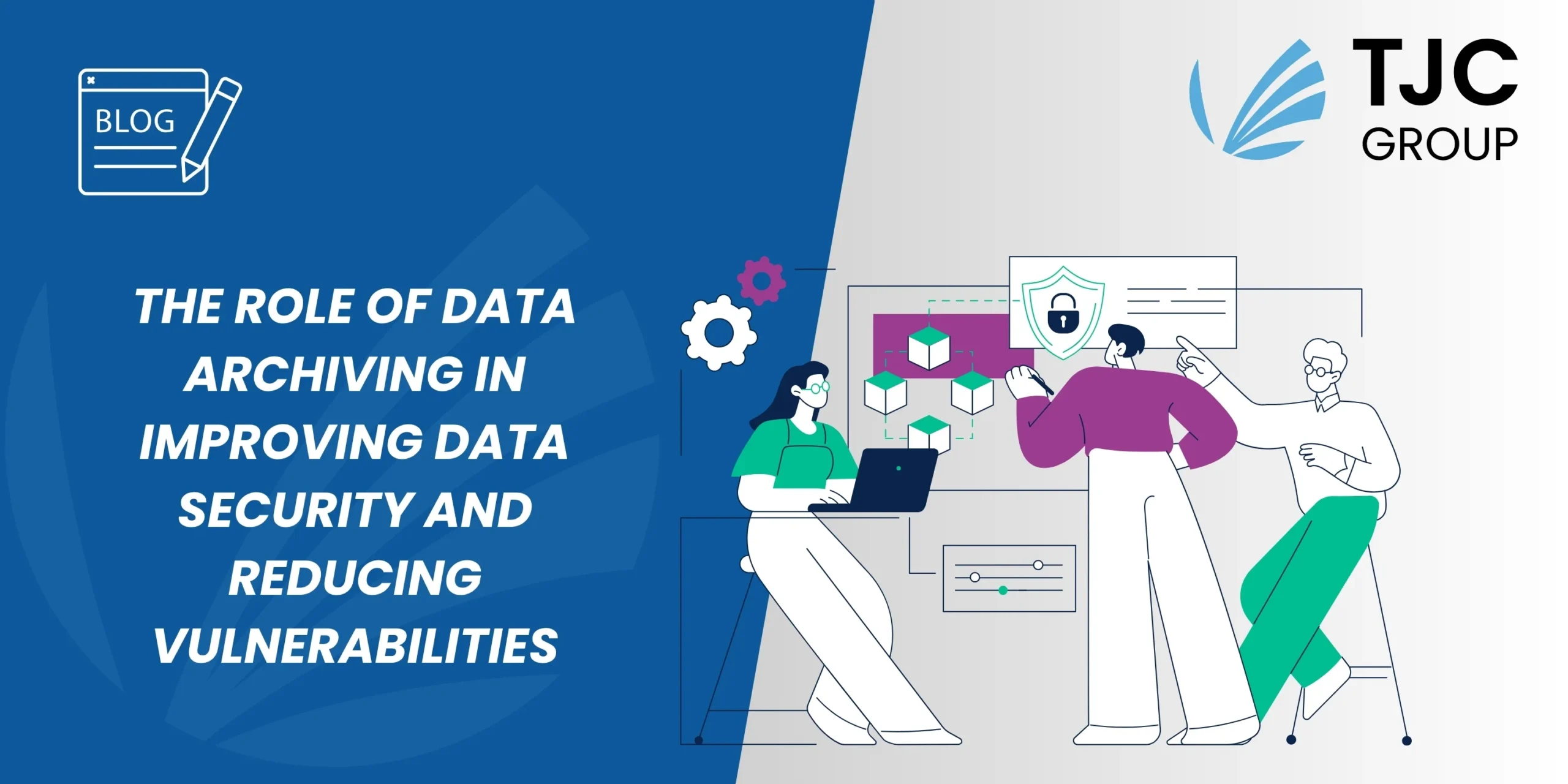Author: Priyasha Purkayastha, Global Content Manager, TJC Group | Co-author: Archiving Council, TJC Group
As you know, SAP data archiving is one of the most preferred ways of managing the ever-growing data. It helps achieve a lighter and more streamlined HANA database, reduces storage costs, curbs digital carbon footprint, and much more. Overall, the process ensures a more efficient and optimised system performance. But have you ever wondered how SAP data archiving implementation is done?
Table of contents
- Introduction
- Developing an SAP data archiving implementation strategy
- Developing a robust framework for SAP data archiving
- Why is TJC Group your go-to partner for SAP data archiving implementation?
Introduction
In all fairness, implementing an archiving solution into your data management strategy requires meticulously planned steps. Though the solution itself is a boon to organisations, several aspects have to be taken into account—from developing an SAP archiving process to easy software integration to choosing the right partner and more. In this blog, we will extensively discuss how the archiving implementation takes place.
For more information on SAP data archiving, click on the banner below and read our detailed blog:
Developing an SAP data archiving implementation strategy
Organisations are often challenged with strict requirements for keeping their SAP systems highly functional and streamlined. What’s even more challenging is keeping the systems operational and retaining vast amounts of data at the lowest cost. This entire process can be tedious, especially with the rapid growth of data. That being said, the ever-growing data also leads to significant performance issues, higher storage costs, and risks with compliance. Here’s when having a comprehensive strategy for SAP archiving steps in.
Having a strategy for implementing archiving will help ensure a cost-effective way to overcome these challenging demands. Additionally, it will also deliver a better return on investment and yield solid results within a few months.
Developing a robust framework for SAP data archiving
For a smooth SAP archiving process, developing a robust framework is quintessential. As a matter of fact, TJC Group follows the classical SAP archiving framework that has four phases, namely –
Phase 1: The analysis and project preparation phase
Phase 2: SAP data archiving implementation phase
Phase 3: Ongoing archiving services (BPO)
Phase 4: Archiving strategy review phase
Phase 3 and Phase 4 are optional but highly recommended for inclusion in the framework.
Phase 1: Technical analysis and preparation of the project
An in-depth and detailed technical analysis of the requirements helps in gathering necessary information. Along with this, the analysis also helps our experts identify quick wins, obstructions and solutions, as well as define the project scope.
For the preparation of the project, it is important to identify the system that needs to be archived. Here, we identify the type and version of the database, support page, and code page like ASCII, UTF-8, UTF-16, the types of modules used, and so on. Post this, the following are the SAP archiving steps that occur –
- The volumes of the tables undergo solid analysis, further identifying the largest table in the system.
- Then, identification of archiving objects occur.
- Defining the residence and retention periods for each archiving object.
- Calculating the reduction in the volume
Learn why data volume management is a boon for a sustainable future. Download our eBook here:
Interviewing key users for a smoother process
One of the most interesting strategies we follow is involving key users of our clients early in the SAP archiving process. This helps ensure that the project meets technical objectives while delivering significant enhancements to the business. During this process, we interview key users not just from the IT or technical teams but also from the Finance and Tax departments.
Why is this step necessary? Click on the button below to learn more about it:
Creating reports and recommendations for the project
For a seamless SAP data archiving implementation, our team creates a comprehensive report with step-by-step plans of action that help meet the requirements easily. The plan includes the best methods to approach, key metrics and measures, deliverables and timelines, and the ROI of the archiving project. As a matter of fact, before the project is kickstarted, our team delivers a detailed report to the clients that contains a deck of recommendations, data volume reduction targets, and more.
The SAP archiving project steps that will occur are as follows (however, they aren’t limited to these only) –
- Defining a meticulous scope of data archiving
- Identifying the archiving objects that must be archived
- Retrieving archived data solutions analysis
- Creating a strategy for improving system performance
- Identifying the right workflows for the SAP archiving process
- Performing risk analysis pertaining to tax, data, and documentation
Phase 2: SAP data archiving implementation phase
The implementation phase of the archiving project is a hands-on approach. It helps ensure that the archiving activities are operating smoothly while meeting prerequisites, and that we achieve an archiving ratio of 95% or more. Additionally, we ensure that the archived files are generated in a way that allows access when needed and data deletion in the future.
Furthermore, if the archiving project delves into a data privacy or SAP ILM project during the implementation phase, we also guarantee a smooth and streamlined run of the ILM process. In fact, we aim to achieve an archiving ratio of 100% when needed. Apart from this, we also map and maintain prerequisites such as blocking, IRF, and retention rules using our very own archiving software—the Archiving Sessions Cockpit. Click on the banner below to learn more about it.
Implementing the SAP archiving process comprises five steps, described as follows:
#Step 1: Develop the solution and technical testing.
#Step 2: Conduct workshops with key stakeholders.
#Step 3: Gap analysis and business testing.
#Step 4: Preparation for go-live steps.
#Step 5: Conclude the project and final reporting.
Phase 3: Archiving professional services (BPO) phase
After the completion of the SAP data archiving implementation, we offer customisable professional archiving services, known as Business Process Outsourcing or BPO, catering to our clients’ needs. This helps ensure that the archiving process continues to operate smoothly while maintaining the SAP database at a proficient and optimal level. The BPO services offered by TJC Group manage the implemented data archiving, data blocking, and data destruction. Furthermore, this includes monitoring of the process, continuous enhancements, and ongoing reporting. An even more interesting fact here is that BPO services are a cost-effective way to maintain the ROI gained from the archiving project.
The SAP archiving steps included in this phase are as follows:
- Monitoring the archiving runs and automated job schedules with our software Archiving Sessions Cockpit.
- Archiving support from a dedicated team of experts, supporting any data archiving-related queries.
- Delivering a detailed annual report and monthly report on all the activities conducted.
- Regular checks and audits to ensure the optimal level of the database.
Phase 4: SAP archiving process strategy review phase
Quintessentially, it is a good idea to review your data archiving strategies. This helps gain clear insights into its impact on the overall IT strategy, what changes you need to make, and keep up with the evolving trends in the market. After the first three phases of the SAP data archiving implementation process, we kickstart this phase, where we do a deep analysis of the strategy. For example, we ensure the archiving of data from external sources, like sales apps, CRMs, payment gateways, etc., entering the SAP systems. Technically, we also ensure that external data archived stays compliant with the predefined rules of data retention.
Why is TJC Group your go-to partner for SAP data archiving implementation?
At TJC Group, we don’t just implement SAP archiving steps in the systems; we dive deep to consider the overall impact of the process in your IT landscape, ensuring that no data is left unchecked. We come with an expertise of 25+ years in overall data management. Over the years, our relentless yet streamlined approach has helped us mark our expertise across the world. TJC Group has a proven methodology that helped us deliver a plethora of projects to several SAP customers and big names worldwide. Especially with our ability to automate the execution of the ILM and SAP archiving process via the ASC, organisations can yield even better and quicker results.
Want to learn more about us and collaborate on your SAP data archiving implementation project? Contact us now!


